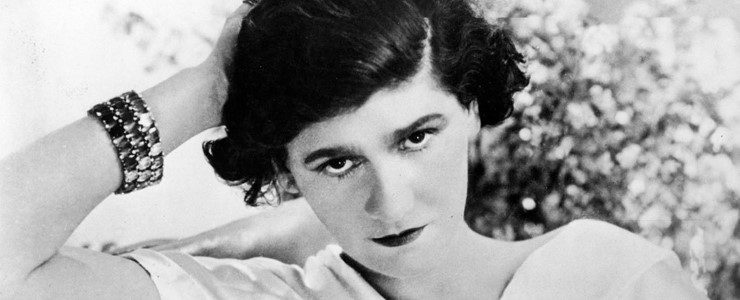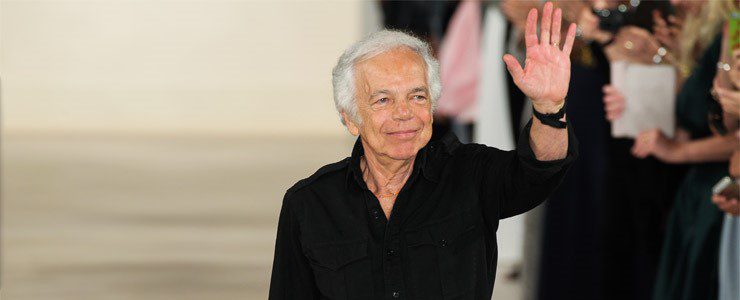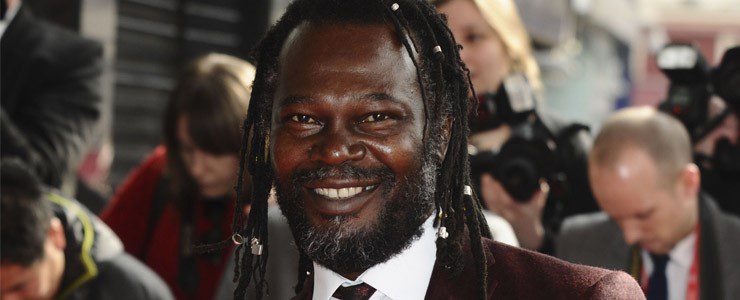
From rags to riches: Gabriellle ‘Coco’ Chanel
The iconic fashion designer behind the world-famous Chanel brand lived a real-life rags-to-riches story. Gabrielle ‘Coco’ Chanel grew up in a convent orphanage after her mother’s death – before launching and leading the £1.1 billion designer clothing and perfume empire.
Chanel’s timeless, sophisticated designs have their origins in early 20th century France. Gabrielle Bonheur Chanel was born on 19th August 1883, in Saumur, to hospital laundry worker Eugénie and travelling salesman Albert Chanel. She was one of five siblings.
The family wasn’t well off and lived in a run-down lodging house in Brive-la-Gaillarde. Albert sold work clothing and lived a nomadic lifestyle, travelling around market towns peddling his wares. He nicknamed Gabrielle ‘my little Coco’.
Orphanage upbringing
Tragedy struck the family when Coco’s mother died suddenly at the age of 32. Albert felt he couldn’t look after the children on his own and work as well, so he sent the two boys to work as farm labourers and the three girls to an orphanage run by the Aubazine convent.
At the age of 11, Coco suddenly found herself ‘orphaned’ – even though her father was still alive. She was brought up by nuns of the Congregation of the Sacred Heart of Mary. The religious order ran orphanages for the ‘poor and rejected’, including abandoned children.
The youngster led a frugal and disciplined lifestyle under the order of nuns. It seemed to greatly affect her view of family life. She was later quoted as saying, “I don’t like the family. You’re born in it, not of it.”
However, living at the orphanage shaped Coco’s future career, as she was taught sewing and became a skilled seamstress. At 18, she was sent to live at the Notre Dame school in Moulins – a religious school for Catholic girls.
Launch of Chanel
The Mother Superior at Notre Dame found Coco a job as a seamstress and shop assistant in a draper’s store on the Rue de l’Horloge, selling clothes for the local gentry and blankets and garments for babies. She lived in the room above the shop and took a weekend job at a tailor’s, where she altered cavalry officers’ uniforms.
She met wealthy English military officer Captain Arthur Edward Capel and they began courting. His wealth was said to have come from his family owning coal mines in the north of England. Coco’s skills as a seamstress led to Capel opening a shop for her in Paris. Chanel Modes, at 21 Rue Cambon, opened in 1910, when she was 27. Her classic, elegant, simple styles were a huge hit with the gentry. The Chanel brand was born and took off in a big way.
In 1913, Coco opened her second Chanel boutique, in Deauville, France, again funded by Capel. She sold luxurious garments, manufactured from silky-soft materials, such as tricot and jersey. Tragically, in 1919, Capel died in a car accident and Coco never married.
Chanel No 5
Creating her first and most famous fragrance, Chanel No 5, in 1921, this established the brand as a leading creator of perfumes, as well as designer fashions. She designed the fragrance to represent the ‘new women’ of the 1920s – the decade of the daring Charleston dance, ‘flappers’ and the liberated spirit of feminism.
Decades later, Hollywood superstar Marilyn Monroe was asked what she wore in bed. Speaking to the press in 1960, she famously replied, “Chanel No 5, of course!”
By 1921, the business was growing rapidly, enabling Coco to buy the whole building at 31 Rue Cambon to launch a major fashion boutique, selling clothing and accessories. Chanel expanded further to include a whole range of perfumes and jewellery. Within six years, the designer brand had taken over five retail properties on Rue Cambon.
Little black dress
Coco was credited with making black popular, as it had been widely known as a mourning colour until 1926. Chanel published a picture in American Vogue of a simple, straight, calf-length black dress, decorated with a few diagonal lines.
It was something simple that transcended social classes. Vogue described how the little black dress would become something that ‘women of taste’ would wear. It helped Chanel to become the label of high-class and chic clientele.
In 1931, the Chanel brand went global after Hollywood mogul Samuel Goldwyn personally invited Coco to design outfits for all the major film stars at his studio. This cemented her place in history as one of the fashion greats and by 1935, she owned a chain of boutiques and employed 4,000 workers.
Brand relaunch
World War II caused a downturn in business, so in 1954, Coco, now aged 71, decided to relaunch the brand. Her amazing designs inspired a new, post-war generation of women. Consumers followed the lead of US First Lady Jackie Kennedy and stars such as Jane Fonda, Elizabeth Taylor, Grace Kelly and Jeanne Moreau, who all wore Chanel.
As well as the LBD, Chanel’s most famous creations included the two-tone sling-back shoe that was said to make women’s feet look smaller and the tweed suit that became a trademark look.
Coco’s legacy
Coco died in January 1971, at the age of 87, leaving behind a legacy that continues to enchant fashion-conscious consumers more than a century down the line. The amazing Chanel team has helped keep the iconic brand alive and it continues to evolve in the 21st century.
Revitalising the brand, German fashion designer Karl Lagerfeld became chief designer in 1983. He looked to Chanel’s past for inspiration, giving a new twist to the classic fabrics. He kept the Chanel signature look but modernised the fashions and made them contemporary.
Following the death of Lagerfeld in 2019, Virginie Viard is now at the helm of this prestigious fashion label.
Give your business a boost by renting one of Headspace Group’s carefully considered, stylish and affordable coworking offices.
Image © Public Domain



